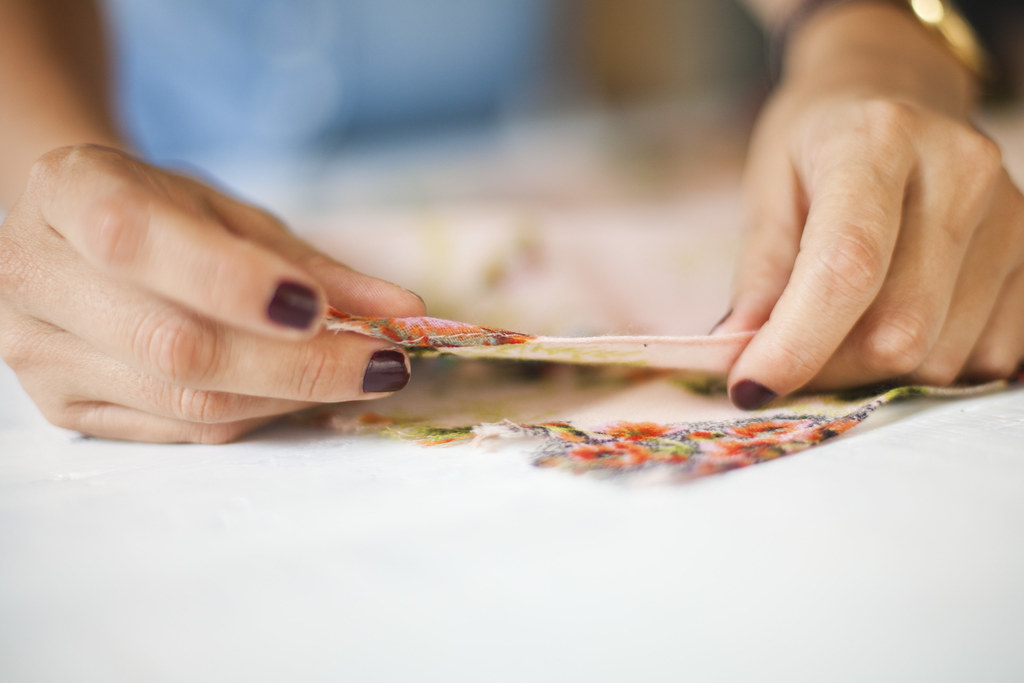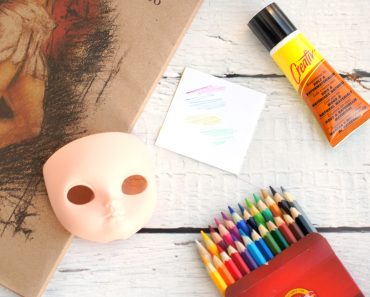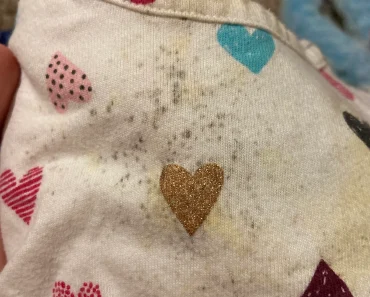A kimono is an excellent way to add interest and colour to your wardrobe during the fall season, especially when layering is always a good idea. I’ve been perplexed by how expensive kimonos are in retail stores for as long as I can remember, so making my own was just as sensible as it gets. This kimono sewing project is really simple, and you may even have it done before you say the term “kimono.” So here’re the steps you need to follow to make a DIY kimono:

What You’ll Need:
- 40 by 55-in piece of fabric (silk or chiffon)
- pins
- sewing machine
- tailor’s chalk
- fabric scissors
- ruler
Step 1: Fold the Fabric
Put the fabric inside out and fold it in half. Make a pinhole at one end of the cloth with a needle or other sharp object.
Step 2: Measure the Fabric
Determine the length of the sleeve you want before measuring the cloth. Measure the length of your arms to determine whether or how many inches you want to add. 70cm was chosen as a measurement in this tutorial.
Step 3: Cut One Layer
The length of the sleeves may now be determined once you’ve cut one layer all the way up to the centre (the fold you made in Step 1). Marking the centerline with pins and using it as a guide for an accurate cut is advised.
Step 4: Measure the Sleeve
It’s time to figure out how wide your sleeves will be. Begin by measuring the breadth of the fabric with a tape measure from the middle of the cloth outwards. Then, using a measuring tape, measure the width of your kimono. The width of these sleeves is 38cm in this example, whereas the kimono is 40cm wide.
After you’ve measured and marked the cloth, cut along the lines. You should now have a T-shaped fabric.

Step 5: Assemble and Sew
For the side seam, you’ll just do a fringe seam. So, what you need to do first is pin the fabric together. Sew it; the side seam should be 5mm from the edge of the cloth. After that, trim off any extra material and fold back in the seam itself.
The first seam is only for aesthetic purposes. This implies that you’ll need to stitch another seam on the outside of the fabric, this time going across the front side. Sew all edges except for the sleeves twice in a row. Fold the ends of the sleeves at least two times and sew them manually.
The kimono may now be ironed or pressed! And you’re done!



